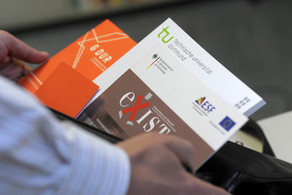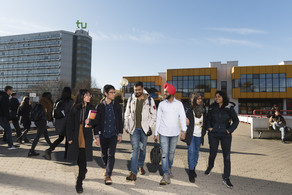Four Service Robots Look for Lost Books in University Library
- Service
- Top News
- Campus & Culture
- Press Releases
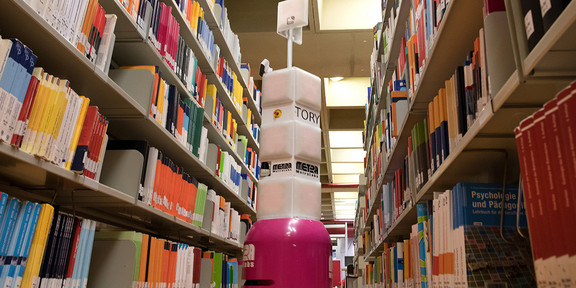
He is human-sized, wears pink “trousers” and has an easygoing disposition: We’re talking about “Tory”, the robot who since recently has been moving autonomously between the rows of shelves in University Library at TU Dortmund University and is helping to sort the media. By means of RFID signals, he finds books that are in the wrong place on the shelves and therefore no longer traceable. In future, robots could even guide library users through the building.
“Tory” moves calmly between two shelves full of books. Every now and then he turns slightly to the left or right around his own axis. It almost looks as if “Tory” is looking around for a particular book. The impression that the rolling robot awakens is not far from reality: “Tory” is responsible for stocktaking at University Library. At the present time, four such robots are moving through the libraries of TU Dortmund University: three in Central Library and one in Emil-Figge-Library.
The manufacturer is MetraLabs from Ilmenau. A bar, the robot’s “skeleton”, is attached to a magenta-colored substructure with rollers. On it are 16 antennas at different heights. These are able to read the RFID strips in the books and other library media. RFID is a technology for transmitter-receiver systems. This allows the automatic and contact-free identification and localization of objects via radio waves. RFID chips are already used, among others, in German passports, access systems such as on ski lifts or for contactless payment via bank card. University Library complies with the RFID-UHF industrial standard, with which a range of up to ten meters can be achieved – until now, RFID-HF has been common in libraries, with which only a range of up to 20 centimeters is possible.
Media fitted with RFID tag to identify position
In 2021, every loanable medium in University Library was fitted with an RFID tag on which information about the respective title is stored. “Tory” can identify the position of each media item to within 50 centimeters and sends the collected data to a server at University Library. Library staff can read from the information whether an item has been sorted incorrectly and then systematically search for these media and put them back in the right place.
“For library staff, this makes their work far much easier,” says Michael Schaarwächter, who is responsible for IT at University Library and in charge of the robot project. “Until now, books put back in the wrong place had to be tracked down very laboriously by hand on the shelves.” But “Tory” does more than just ease staff’s workload: “With this system, we can arrange the library’s media more flexibly in future,” explains Schaarwächter. Books that are borrowed particularly frequently can be moved from their envisaged location to the front of the library and this stock can vary from semester to semester – in line with the principle of the “fluid library”.
Navigation system via augmented reality also possible
However, potential uses go far beyond the mere sorting of media. For the new library building, whose construction is scheduled to start in 2023, the plan is to set up an indoor navigation system based on the robot’s data. Via an augmented reality function, library users could be guided directly to media items via their smartphones, similar to a navigation system in a car. Another possibility is to attach a tablet to the “Torys”, which can be used to select media. The robots could then guide library users to the right shelf. “Our goal is to provide services in University Library for as long as possible through automation – even after library staff finish work at 6 p.m.,” says Schaarwächter.
At the present time, the “Torys” only move through the aisles at night, but with the additional functions, they could in future also be deployed during the day. The robots have been certified by TÜV, the German technical inspection association, and LiDAR sensors – which are also used in autonomous vehicles – ensure that no collisions occur. University Library in Dortmund is the first library in Europe to use robots of this kind.
Contact for inquiries:


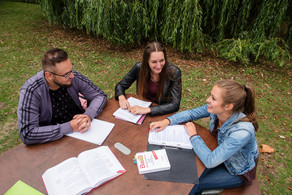
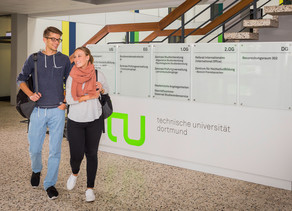
![[Translate to English:] Partner Four hands are holding the green logo of TU Dortmund University](/storages/tu_website/_processed_/1/d/csm_Partner_Nicole_Rechmann_KW_40b35bb3fd.jpg)

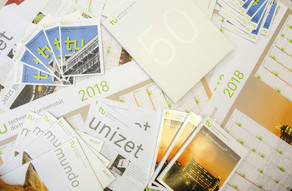

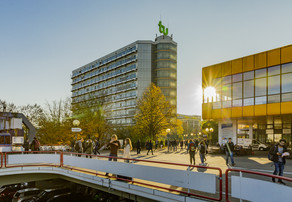
![[Translate to English:] Forschung An apparatus with tubes in a laboratory](/storages/tu_website/_processed_/0/c/csm_Forschung_Juergen_Huhn_cbd34afd6d.jpg)
![[Translate to English:] Studium Five students are sitting in a lecture hall. They are talking to each other.](/storages/tu_website/_processed_/c/9/csm_Studium_FelixSchmale_81d94adc86.jpg)
